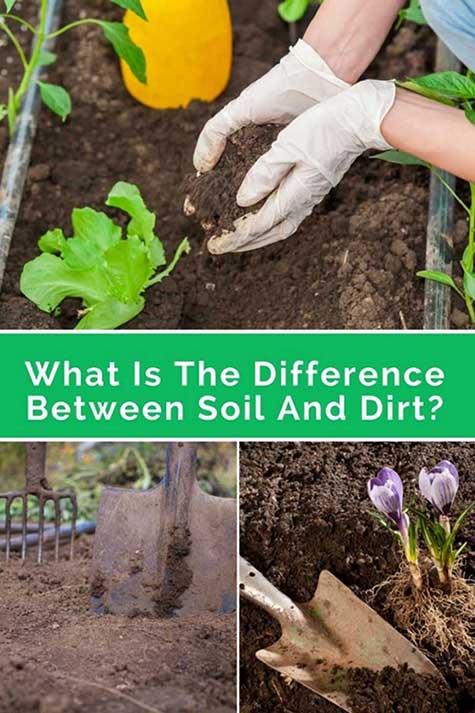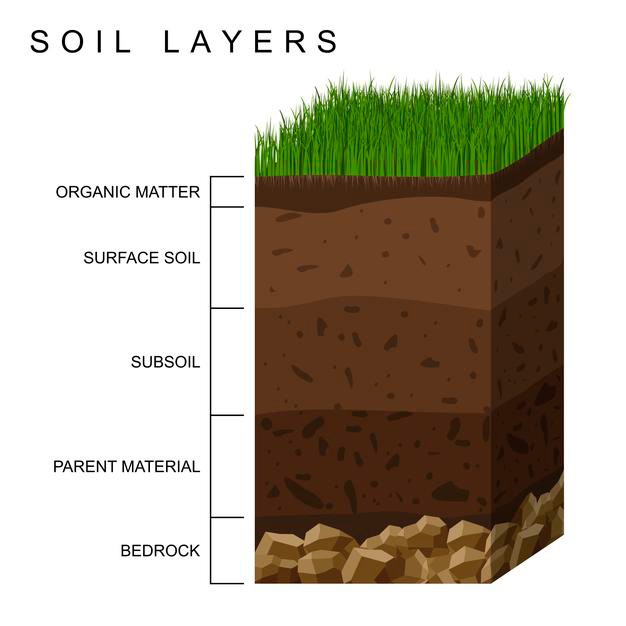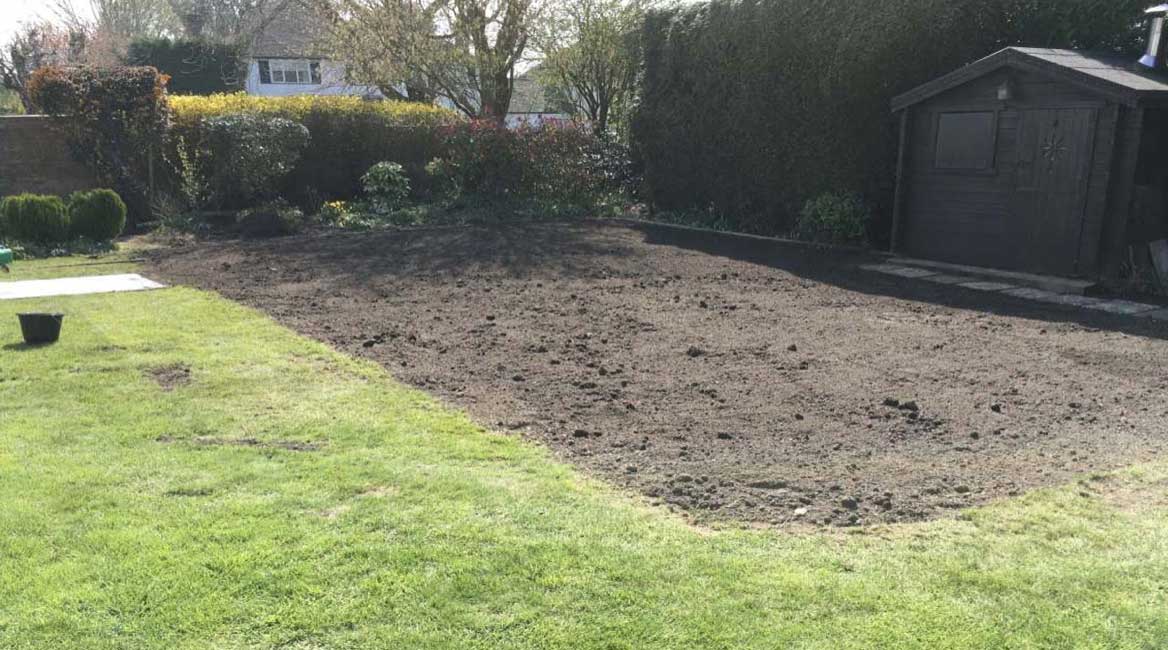What kind of soil should I use and what’s the difference between soil and dirt?

The first question you should ask yourself is whether or not you need to grow anything.
If you answered yes, you should think about using organic soil. If not, a subsoil or fill soil would suffice. The soil hierarchy is illustrated in the diagram below, with topsoil on top and subsoil beneath it.

Organic matter can be found in topsoil, compost, and Eco-soil (unscreened topsoil). In terms of makeup, they are similar, but their applications are not.
Topsoil is a finely screened organic soil. Topsoil contains 30% compost, which gives it a dark, rich appearance. Most plants and, of course, grass prefer topsoil as a growing medium.
Compost is also finely screened and ideal for growing plants and vegetables. It’s mostly made up of decomposed leaves. It’s dark in color and very organic. It is well-known for producing massive vegetables, including champion pumpkins.
Eco-Soil is topsoil that has not been as finely screened. Eco soil includes more small sticks (2′′ and under) and smaller stones (3/4′′ and under). This material is preferred for berms and tree/shrub planting.
Subsoil (Fill Dirt) is utilized ONLY if we are not growing anything or if we need to fill in an area before we can plant. Subsoil, also known as fill, is less expensive than topsoil. It is typically tan or brown in color and free of organic matter which means it will not grow much of anything. It can be screened or unscreened, and the application will decide which is needed.
Use unscreened fill dirt instead of topsoil when you are filling in an old swimming pool hole. This will only require unscreened, or “clean fill”. Since a pool is such a deep void (often about 6 -8 feet deep), stone and other debris would not be an issue.
Screened fill is used in the same manner that unscreened fill is, with the additional advantage of not containing rock or debris greater than 3/4′′. Screened Fill Dirt is perfect for a homeowner moving it with a wheel barrel because rock-free material is much simpler to scoop than rock-containing material (clean or unscreened fill, can contain rocks the size of basketballs!).
Another common scenario is the need to fill and top dress an area with topsoil.
This illustration shows the outline of what was once a swimming pool.

A significant amount of money can be saved by purchasing clean fill for $12 per yard instead of filling the same area with topsoil for $39.00 per yard. Topsoil is still used, but only for the last 4-6” of soil to allow for grass growth.
So, now that you’ve learned about the various soils and fills available, you’ll be ready to tackle even more yard projects.
Want to learn more about topsoil? Check out our other Topsoil Blogs Here:
